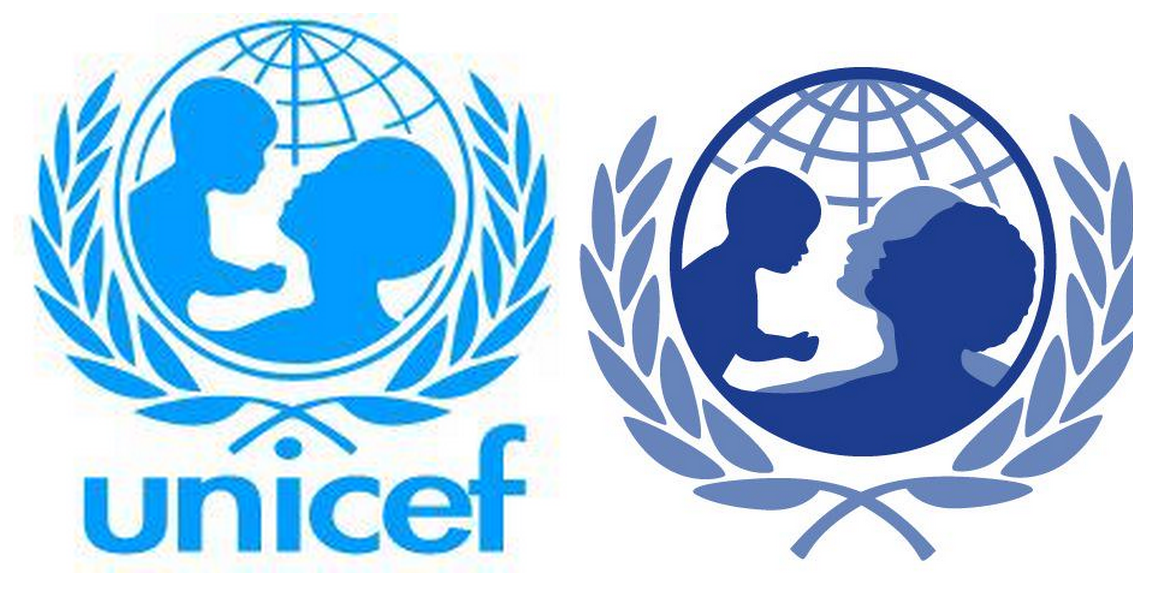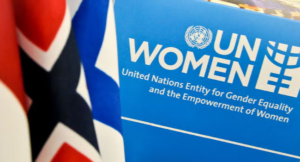
The United Nations Children’s Fund has said 333 million children are still living in extreme poverty globally.
The report from UNICEF and the World Bank indicates that the COVID-19 pandemic led to the abolition of extreme poverty for 30 million fewer children than was previously predicted.
According to the statistics, around one in six children still live on less than $2.15 per day.
UNICEF Executive Director, Catherine Russell, in a statement on Wednesday, said a combination of crises, including the effects of COVID-19, conflicts, climate change and economic meltdown has halted the advancements and placed millions of children in extreme poverty.
Russell said, “Compounding crises, from the impacts of COVID-19, conflict, climate change and economic shocks, have stalled progress, and left millions of children in extreme poverty.”
The report’s findings throw a spanner in the works of the UN’s ambitious goal to eradicate extreme child poverty by 2030.
On his part, the World Bank Global Director for Poverty and Equity, Luis-Felipe Lopez-Calva described the situation has ‘intolerable.
The report found that 40 percent of children in sub-Saharan Africa still live in extreme poverty — the highest percentage of anywhere in the world.
A series of factors including rapid population growth, Covid-19 and climate-related disasters have exacerbated extreme child poverty in sub-Saharan Africa in recent years, even as all other regions in the world have seen a steady decline.
The World Bank and UNICEF called on countries to prioritize tackling child poverty and to enact a range of measures including the expansion of universal child benefits programs.
“We cannot fail these children now,” said Russell from UNICEF. “Ending child poverty is a policy choice.”








